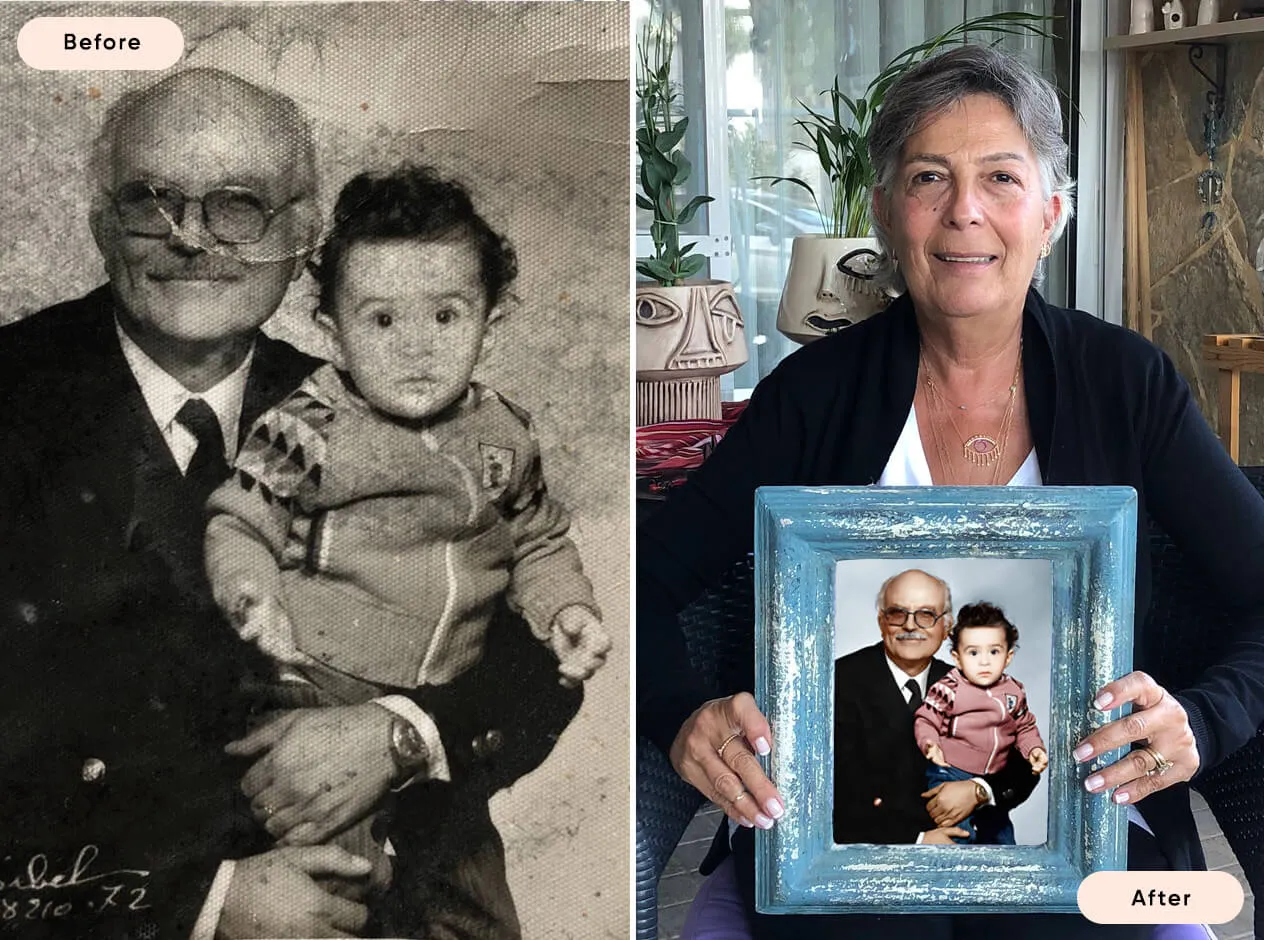The Camera Body
The camera body is the core component of any camera system, housing essential parts that work together to capture images. Whether you’re using a traditional SLR or a modern digital camera, understanding the components of the camera body can enhance your photography skills. This article will cover what a camera is, the parts of a typical SLR, and the functions of key components.
What is a Camera?
A camera is a device that captures and records images, either as photographs or videos. The camera body houses the critical components needed for this process, including the shutter, sensor, and controls. It acts as the framework that holds everything together, providing a user interface and protecting the internal parts.
Parts of a Typical SLR
The Shutter
The shutter controls the duration that light is allowed to hit the sensor or film. It opens and closes to let light through the lens to create an exposure.
Electronic Shutters
Electronic shutters use an electronic sensor to control the exposure time. They are silent and offer very high shutter speeds, making them ideal for certain types of photography.
Mechanical Shutters
Mechanical shutters consist of physical blades that open and close to expose the sensor or film. They provide a traditional shutter sound and are common in both film and digital SLRs.
Shutter Speed Selector
The shutter speed selector allows photographers to choose how long the shutter remains open, affecting the exposure time. Faster shutter speeds freeze motion, while slower speeds can create motion blur.
Film Speed (ASA)/Electronic Sensor (ISO) Selector
The film speed or ISO selector adjusts the camera's sensitivity to light. Higher ISO values increase sensitivity, useful in low-light conditions, but can also introduce noise in digital images.
ISO Setting Screen (Pentax K-x)
Many modern cameras, like the Pentax K-x, feature an ISO setting screen that displays the current ISO value, allowing photographers to adjust sensitivity quickly.
Aperture & Focus Rings
The aperture ring controls the lens’s aperture size, affecting the depth of field and exposure. The focus ring allows manual focusing, giving photographers control over which part of the image is sharp.
Film Compartment
In film cameras, the film compartment holds the film roll. The film advances frame by frame to capture images. This compartment is replaced by a digital sensor in digital cameras.
Flash
The flash provides additional light to illuminate subjects in low-light conditions. Built-in flashes are common in many cameras, while external flashes offer more power and versatility.
Hot Shoe Mount
The hot shoe mount is a bracket on top of the camera that allows photographers to attach accessories like external flashes, microphones, or electronic viewfinders.
Lens Ring Mount
The lens ring mount is where the lens attaches to the camera body. It ensures a secure fit and electrical connection between the camera and lens, allowing for communication and control.
Conclusion
Understanding the parts of a camera body and their functions can help you make better use of your camera and improve your photography. From the shutter to the hot shoe mount, each component plays a crucial role in capturing high-quality images. Whether you're using a traditional SLR or a modern digital camera, knowing your camera's anatomy will enhance your ability to take stunning photographs.

Or Get YourMoney Back
back your money in the rare case you are not satisfied with the quality of your
damage-free pictures. Only $38 for most image restorations regardless of damage

All rights reserved.